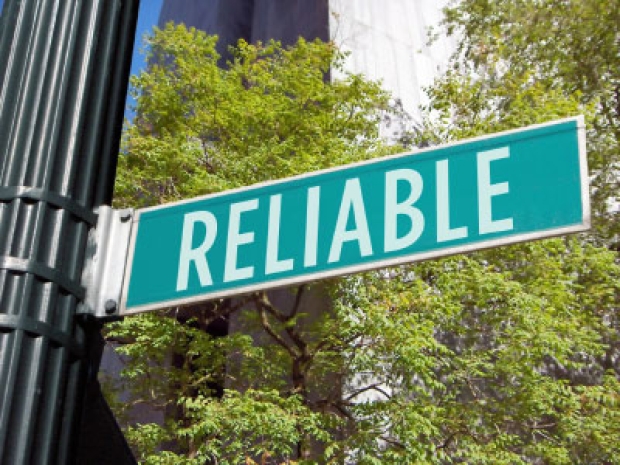Secure Data Recovery’s Timothy Burlee tested 2,007 borked HDDs from six manufacturers--Western Digital, Seagate, Hitachi, Toshiba, Samsung, and Maxtor. Capacities ranged from 40 GB to 10 TB. He obtained the drives from customers in 2022. Berlee recorded each HDD's power-on hours and pending sector counts to figure out their longevity and fail conditions.
Toshiba came out on top with an average lifespan of 34,799 hours. Hitachi finished last, managing only 18,632 hours. Maxtor performed impressively, nearly reaching 30,000 hours. Western Digital and Seagate HDDs clocked in around the mid-20,000-hour ranges, while Samsung scored at just over 19,000 hours, barely better than Hitachi.
The next thing he looked at was "pending sector counts" which are the bad subdivisions of the disks. The average count for all drives studied is 1,548 sectors. Burlee found that a hard drive with 1 TB of storage has "just under 2 billion total sectors." While the average seems small, bad sectors will rapidly accumulate until the HDD becomes unusable. So higher counts are an indicator that the device is headed for failure.
Hitachi finished last, with an average pending sector count of 3,348—over twice the average. Seagate had 2,671, and Tosh averaged 1,900 pending sectors. Western Digital had 628, Samsung scored 529, and Maxtor 228 bad sectors.
Burlee estimated that of all failed HDDs he received, 80 percent suffered non-predictable failures, which include electrical issues, malware, natural disasters, or simple mishandling. He excluded these drives from the study since he was looking for HDDs that failed from regular, predictable use. It's still interesting that most hard drives fail from external factors.
Burlee concludes that the test shows that a drive slated for failure starts showing signs after about 25,233 hours or two years and 10 months of use. If your hard drive makes it past that time frame, it should be able to survive much longer. Most manufacturers only have two-year warranties on their consumer hard drives.




